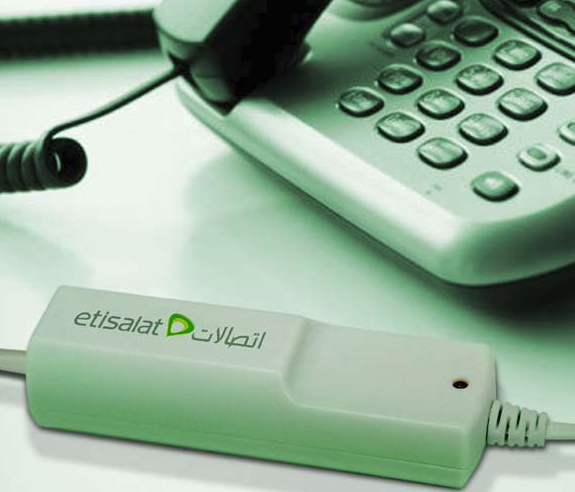France isn’t famous for being home to huge tech companies, but it a new report says it is home to the largest number of public Internet hotspots in the world. Globally, there are more than 44 million Wi-Fi hotspots, or roughly one per every 150 people, but at the rate they are appearing, there will be one per every 20 people by the year 2018.
Public Wi-Fi hotspots are exploding right now, with 47.7 million either already available or ready to come online by the end of the year. But according to the American wireless network provider iPass, by 2018 the planet will be covered by more than 340 million Wi-Fi hotspots. This is about seven times more than what we have right now and theoretically means that there will be one hotspot for every 20 people worldwide. The so-called “Wi-Fi first” tendency is growing with most people already considering Wi-Fi an essential utility, just like water or electricity, at least according to Evan Kaplan, President and CEO of the company. Of course, Wi-Fi isn’t so popular everywhere, but in Europe, it is definitely the network of choice for consumers.
In fact, the study has found that Europe is the continental leader with half of the world’s hotspots. With a total of 13 million Wi-Fi hotspots, France has the most hotspots right now, followed by the US and the UK. However, the researchers say that by 2018, Asia, and China in particular, along with the US will overtake France, while Africa will most probably continue to lag behind. But Wi-Fi isn’t and won’t be even distributed across regions and countries – while by 2018, Africa will have one hotspot for every 408 people, people in North America will enjoy one for every four people.
Interestingly, the majority of hotspots, around 34 million, are in homes, but many of them from private routers are becoming public Wi-Fi hotspots, providing free Internet access to other subscribers. The study also discovers that there is a significant shift from traditional telecoms to business owners such as cafes, hotels and retailers who are now offering their customers Wi-Fi. In fact, half of the public hotspots are controlled by firms and brands in the retail, services, and travel and hospitality industries.
Kaplan says that most of the device we use today are Wi-Fi only even on the 4G handsets, 78 percent of the data is transferred through Wi-Fi. And hotspots aren’t confined to the ground, as well. By 2018, 60% of the planes and 11% of the trains will also have WI-Fi networks. Currently, 7,738 hotels, 13,368 retailers, 12,568 cafes, 50 municipalities, and 237 airports across the Middle East and North Africa have Wi-Fi hotspots. In addition, there are also 173 hotspots on planes and overall, the region is covered by 425,100 community and 37,956 commercial hotspots. The growth of Wi-Fi in MENA is astounding – 1,340 % from 2013, although there was almost no data for last year.



































